Meteorologists have warned the public in Florida to prepare for “dirty rain” this week, as a large wave of Saharan dust is arriving in the Sunshine State.
Saharan dust can cause hazy skies and dirty rain — even in areas thousands of miles away from its African origins. Unfortunately, it can also cause some issues for Floridians.
What Is Dirty Rain?
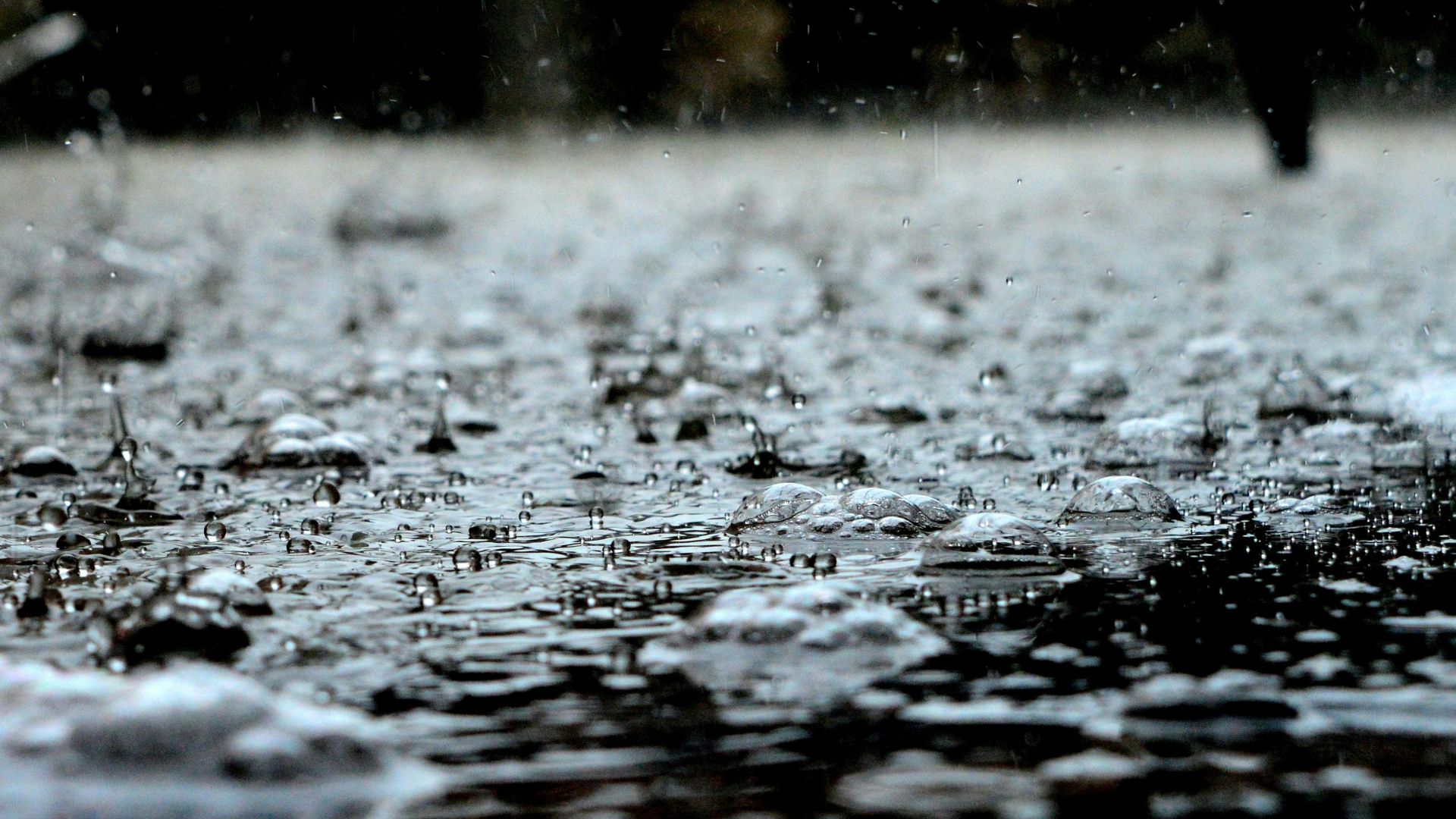
Experts often use the phrase “dirty rain” to describe any type of rain that is polluted in raindrops.
For example, fine particles from pollution, wildfires, or dust storms can get trapped inside raindrops. This then becomes dirty rain.
What Is Saharan Dust?
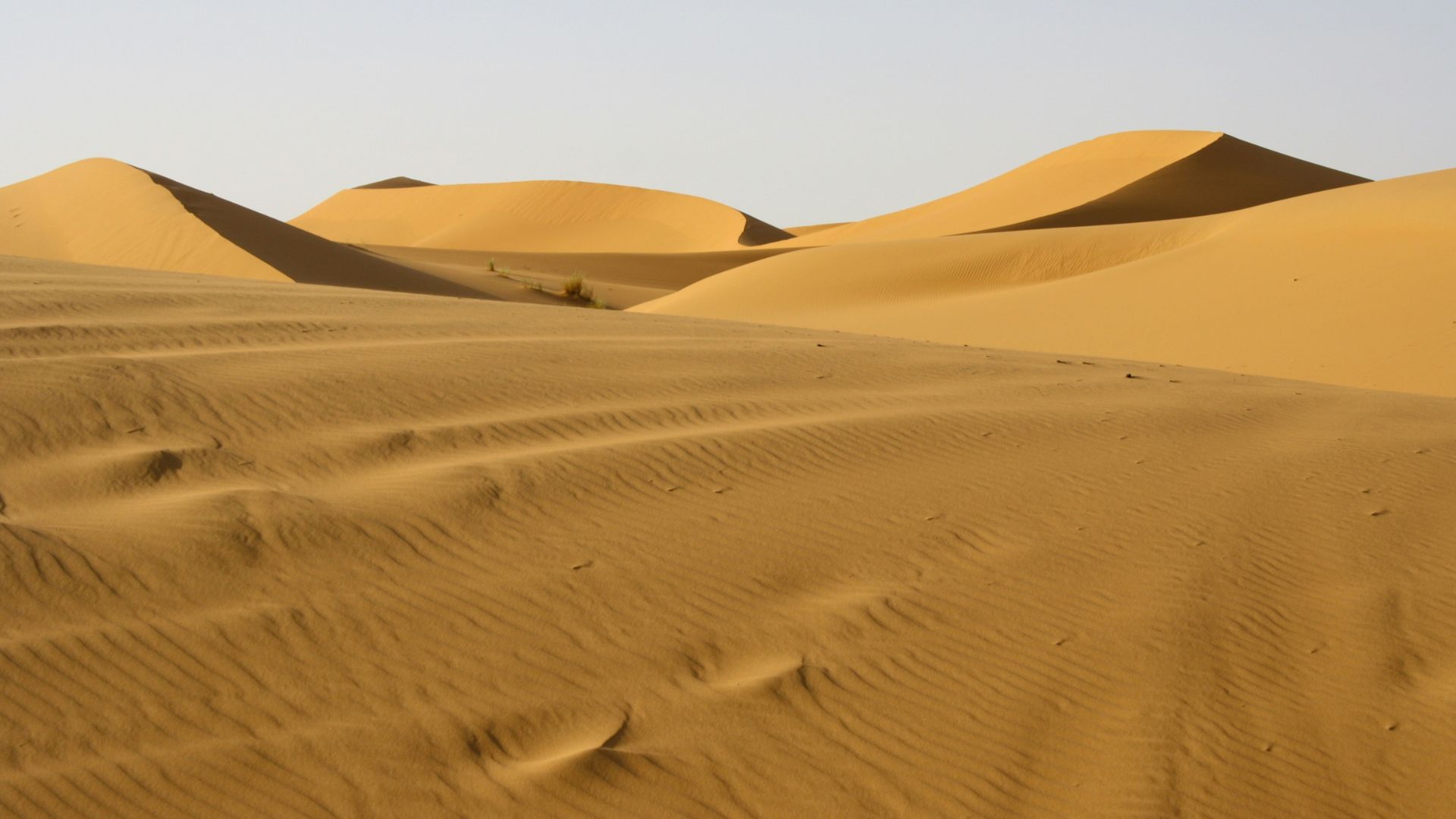
Meanwhile, Saharan dust is a cloud of dusty, dry air that normally forms over North Africa’s Sahara desert in various periods, such as the late spring, summer, and then early fall.
This dust cloud becomes the Saharan Air Layer (SAL), which can travel extreme distances — such as all the way to Florida.
How Saharan Dust Gets to Florida
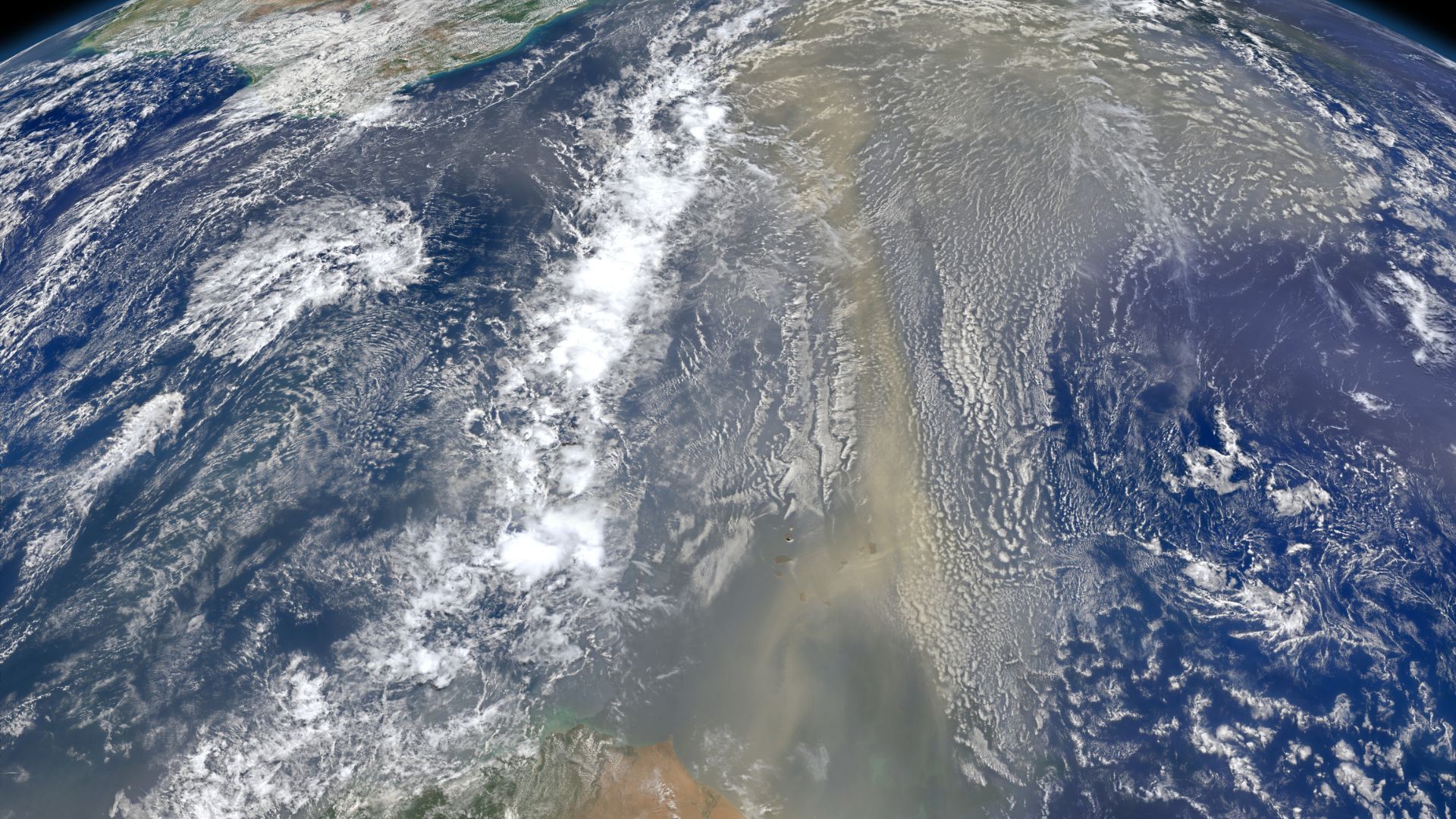
According to experts, the SAL can be sent all the way from North Africa to Florida by tropical waves. SAL’s peak season is from late June to mid-August.
During this period, outbreaks of dust occur about every three to five days. Then, trade winds carry this dust all the way to Florida. Sometimes, Texas can even see the SAL.
A Large SAL Wave
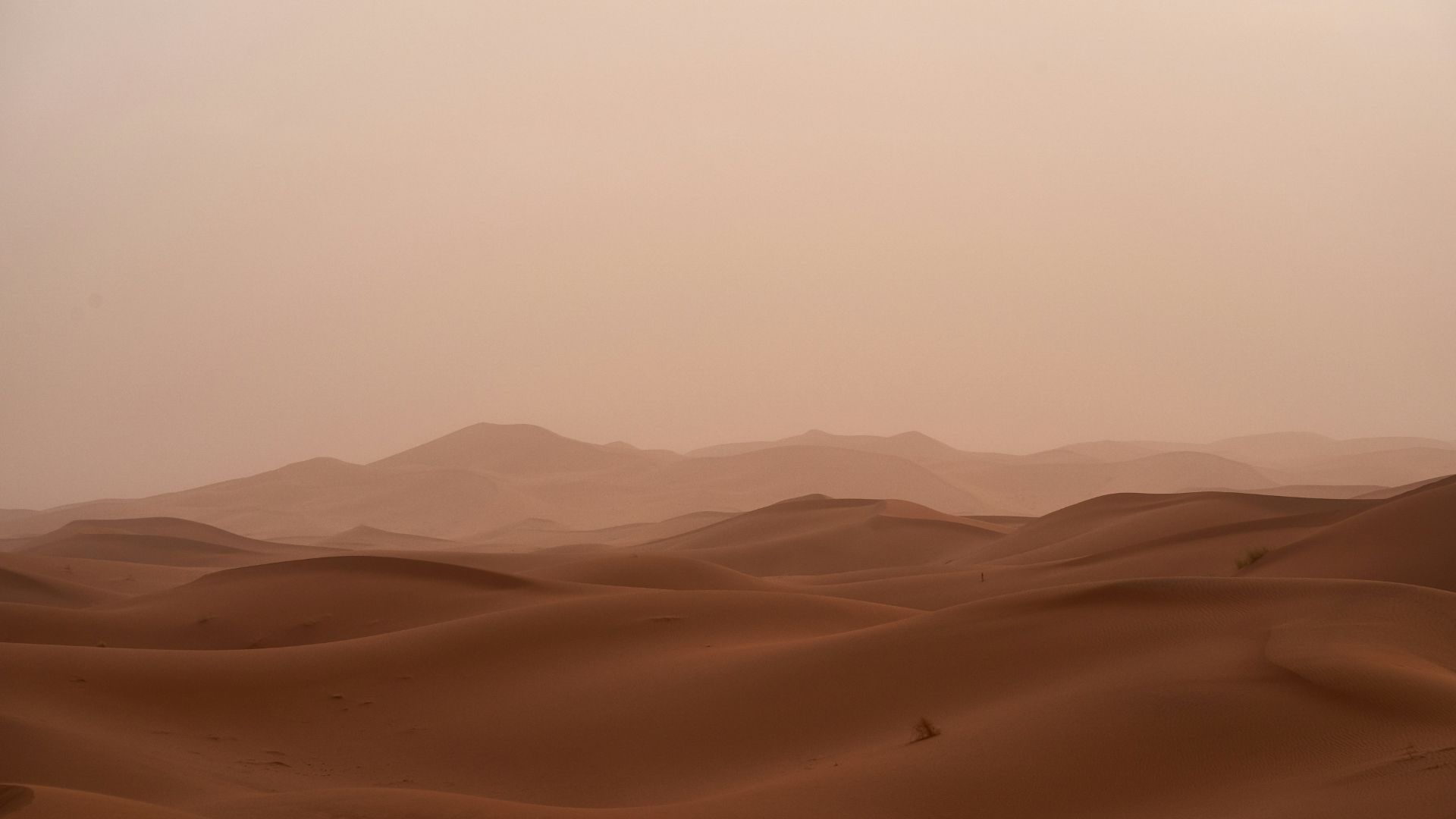
Meteorologists have come out to warn the public that this current SAL wave is already one of the largest waves ever recorded in July.
The dust is formed about one mile above the Earth’s surface and encompasses a 2 to 2.5-mile-thick space in the air.
Dirty Rain Will Fall on Florida
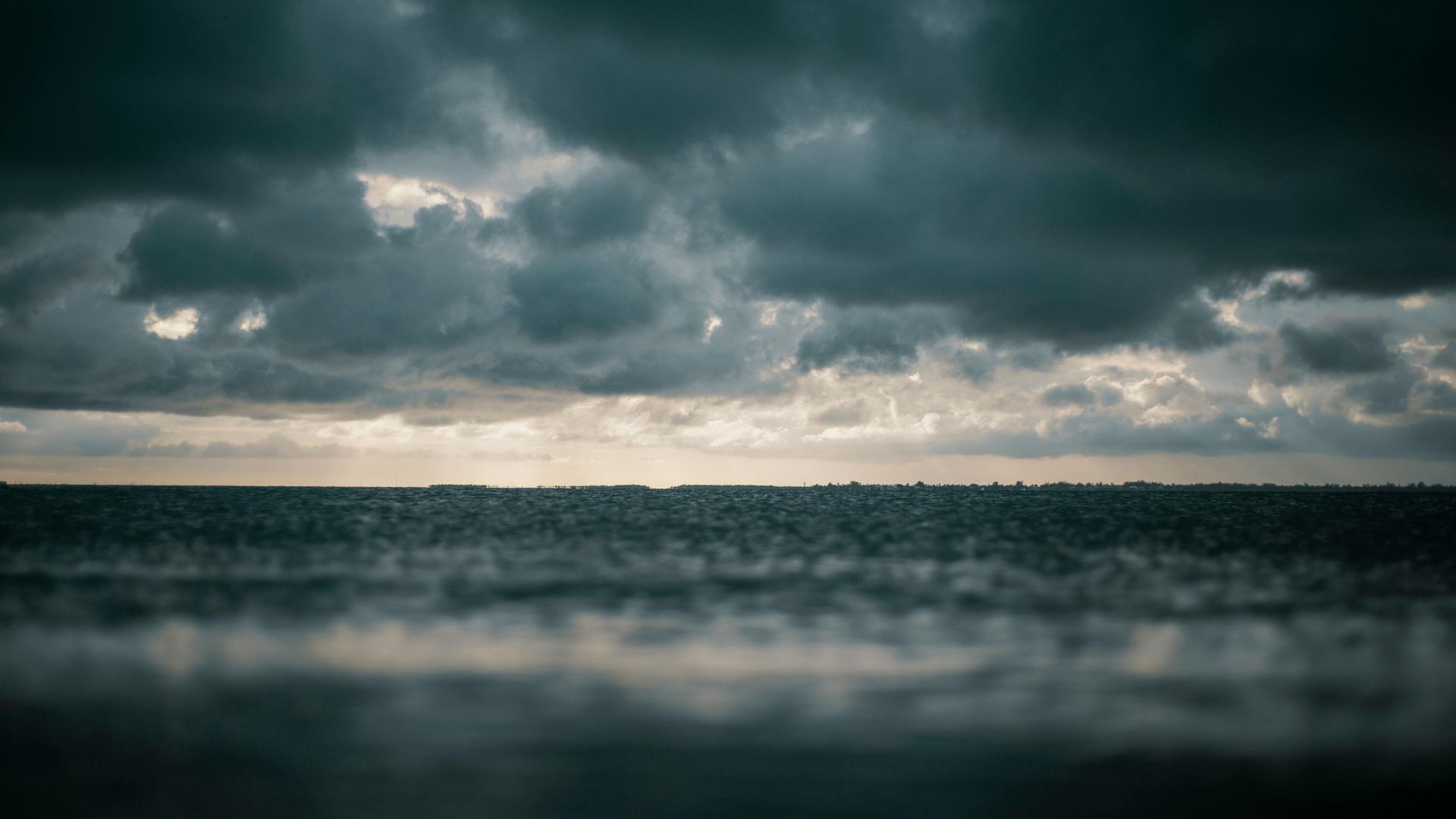
Thanks to this Saharan dust, dirty rain will fall on parts of Florida this week and into the weekend. This dust will meet normal summer rainstorms and bring down unclean rain on the Sunshine State.
As a result, Floridians may find their cars, windows, and patio furniture covered with a filmy residue after the rain.
SALs Can Help
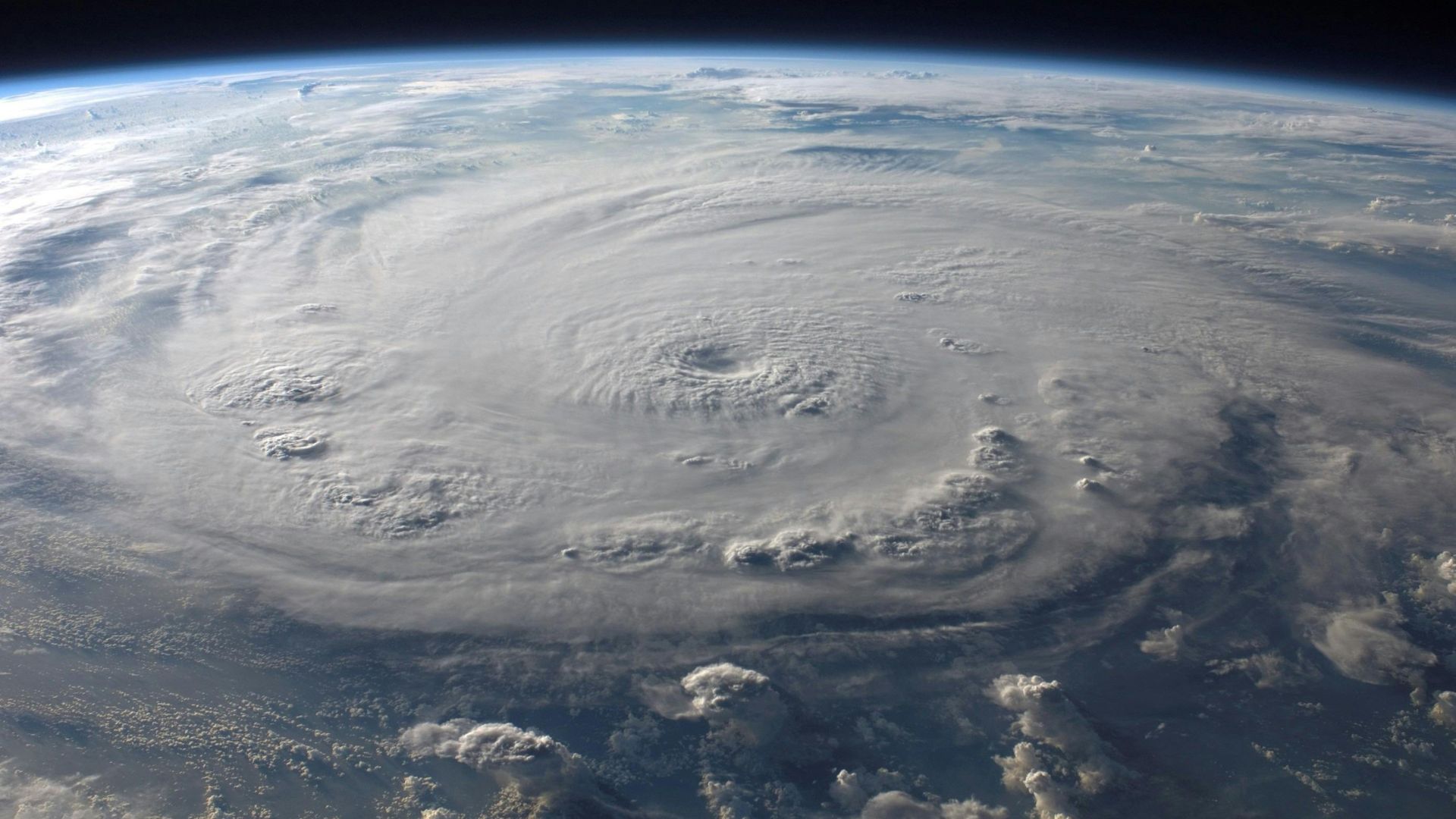
While dirty rain from this Saharan dust can become a nuisance to many, experts have explained that there are a few benefits to be aware of.
Perhaps most importantly, SALs can help suppress hurricanes and strong storms from both forming and intensifying. In a year that has been predicted to be full of active hurricanes, this may be quite beneficial.
Florida May See Lower Temperatures
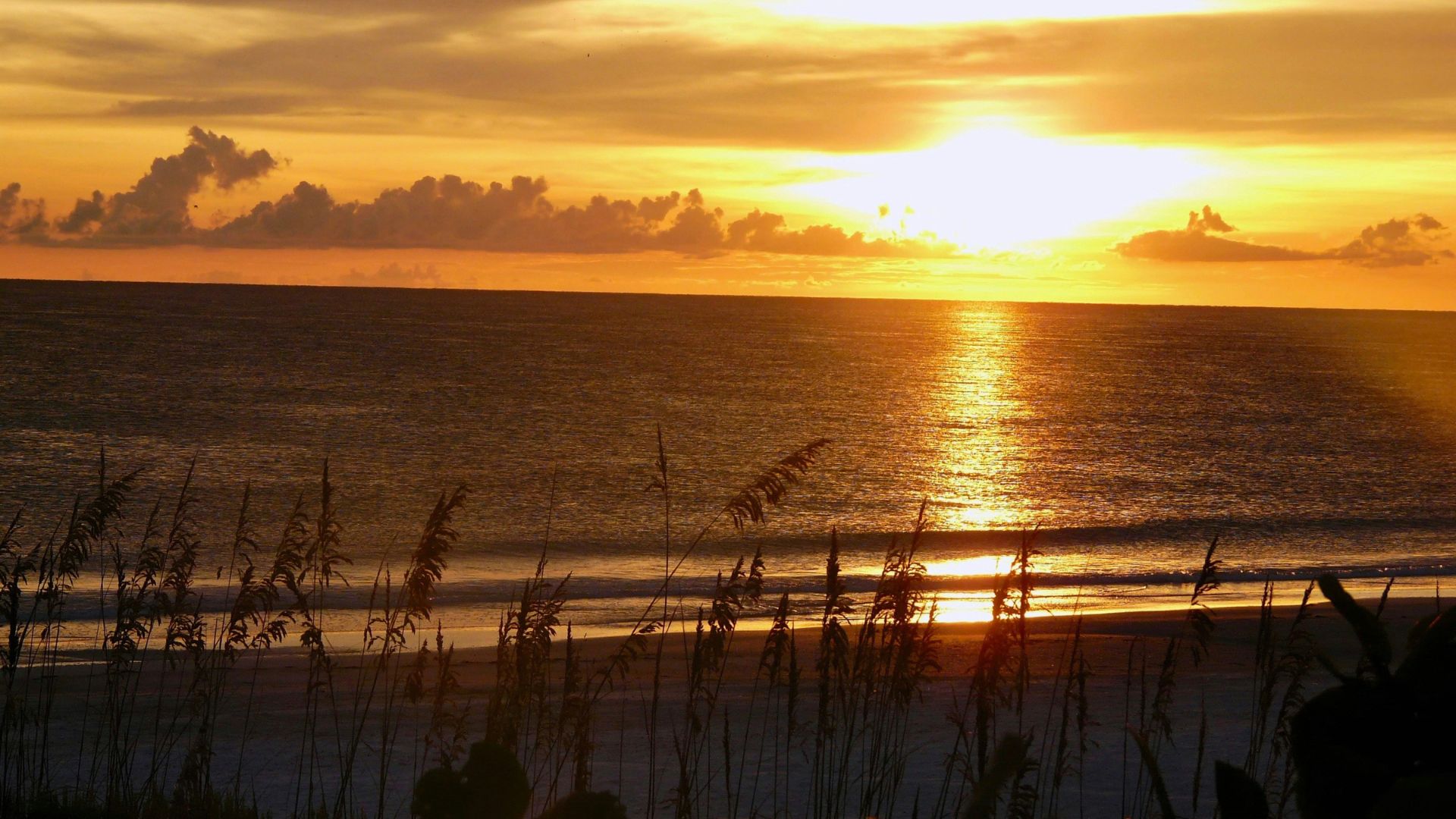
Plus, SALs can also help to lower the overall temperature in the region, as the layer of dust in the air can reduce the amount of sun that actually filters through to the public below.
As many areas of Florida are currently under heat advisories, this also may be helpful during this brutal summer.
Stunning Sunrises and Sunsets
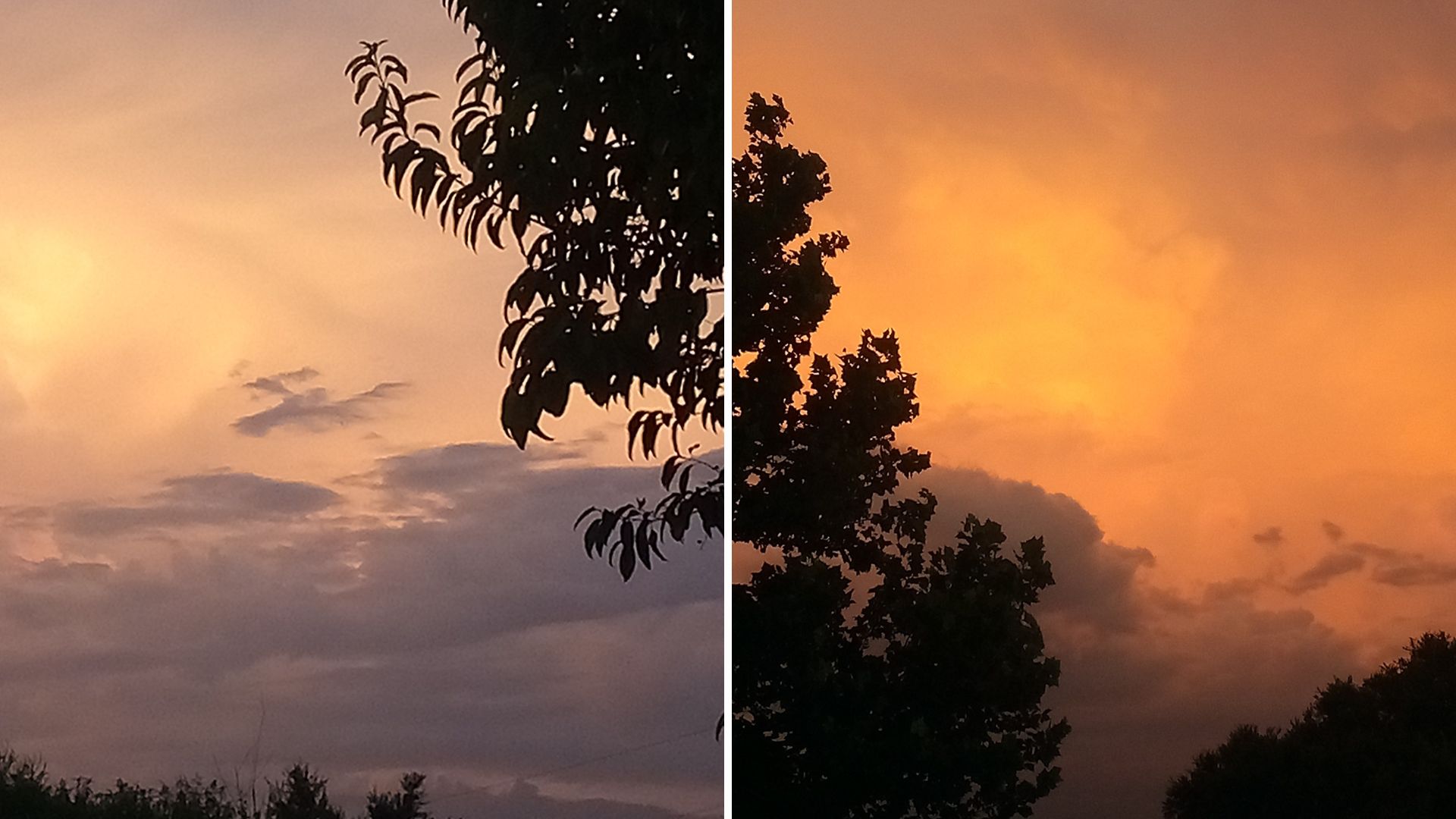
For those looking to take beautiful photos, experts have explained that dirty rain and SALs can also bring about quite stunning sunrises and sunsets.
Already, parts of Florida have seen the SAL move in — and have taken to social media to share their photos of their hazy days.
What Parts of Florida Will See Dirty Rain?

While some Saharan dust waves have already arrived in parts of central Florida, more areas will see this SAL in the near future this week.
South and Central Florida will mainly see the most of this SAL and its subsequent dirty rain. These areas are also dealing with ongoing heat advisories this week.
Some Concerns

While this dirty rain won’t necessarily harm the general population of Florida, experts have warned about some factors that could cause some issues for residents.
For example, dirty rain has been known to clog up air conditioning units. Therefore, Floridians may have to be on the lookout for this.
Dirty Rain Can Cause Health Issues
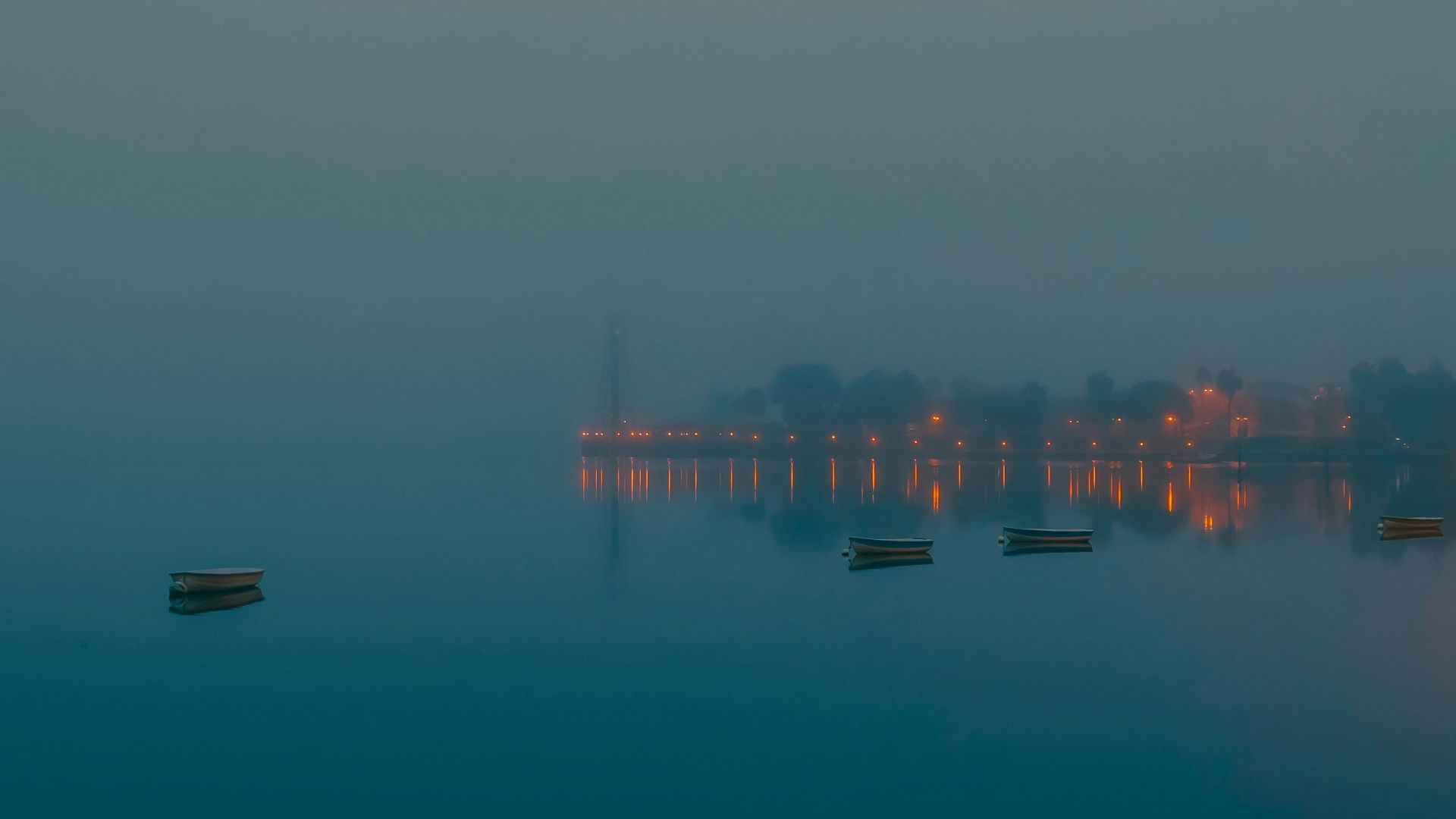
For the most part, dirty rain won’t bring about any major health issues to average people. However, those who have respiratory conditions, such as asthma, are being told to limit their time outdoors, as SALs do degrade air quality.
NOAA’s Atlantic Oceanographic and Meteorological Laboratory has said, “In general, it is important that people with asthma and other chronic lung diseases take precautions to maintain control of their underlying conditions and reduce exposure to dust by limiting time outdoors during dust storms.”
